ANREALAGE
HERALBONY
Look
SS26 Paris Fashion Week
10.2(THU) - 10.5(SUN) Exhibition
– Where the two brands meet
10.2(THU) - 10.5(SUN) Exhibition
– Where the two brands meet


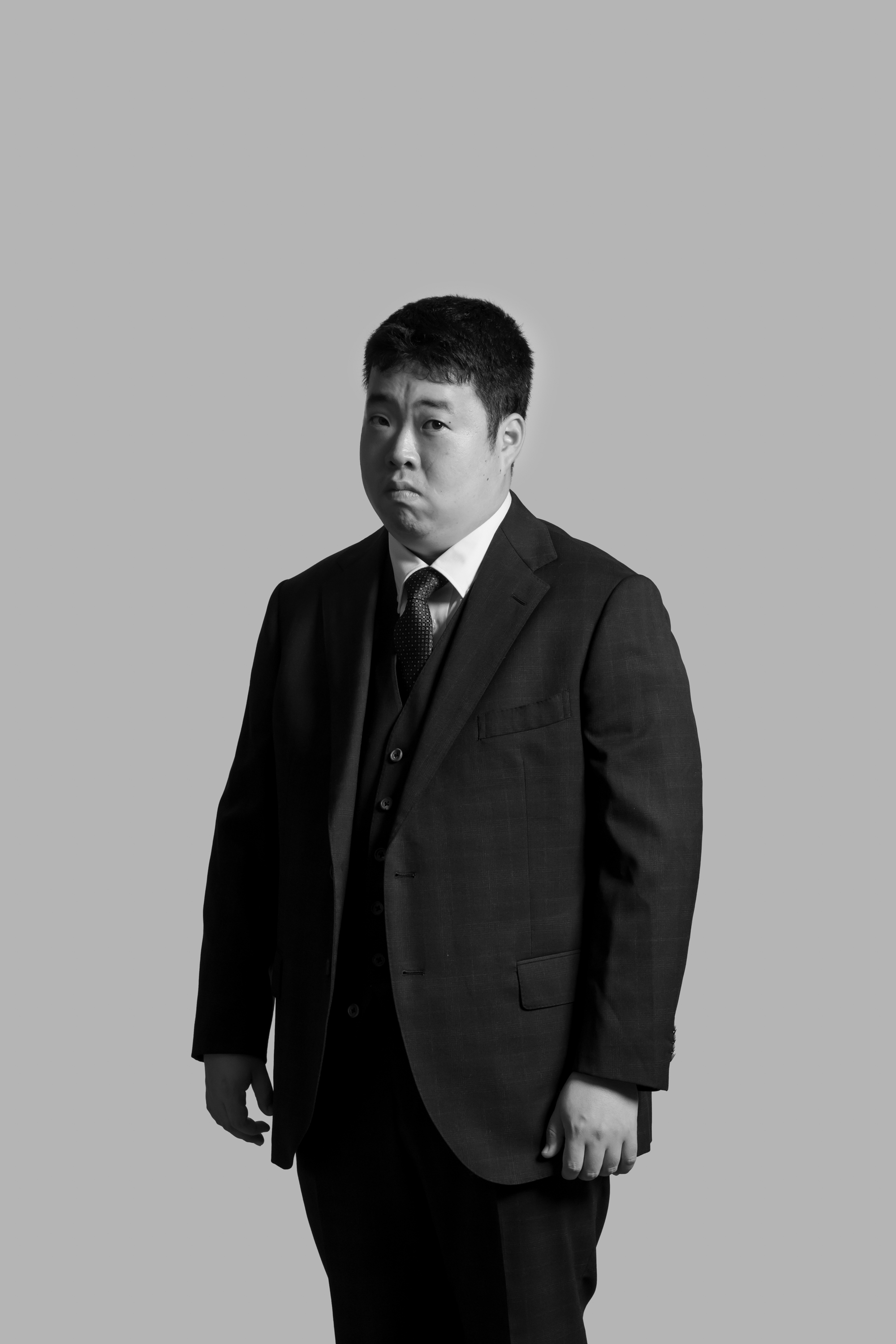
Kojo Takahiro
Takahiro employs a distinctive drawing technique, filling entire surfaces with meticulous, finely detailed marks. After priming paper or canvas with gesso, he moves a
Posca pen tip with delicate precision to create intricate patterns. When observed closely, the lines and forms seem almost alive, shifting like living organisms. No pattern
is ever repeated; each work is a one-of-a-kind expression shaped by the feeling of the moment. For Takahiro, drawing enriches his own life and deepens his connections
with those around him. With a sense of wonder and anticipation for how his work might evolve and resonate with others, he continues to embrace new challenges.
01
Kojo Takahiro / One's Mental State No. 3


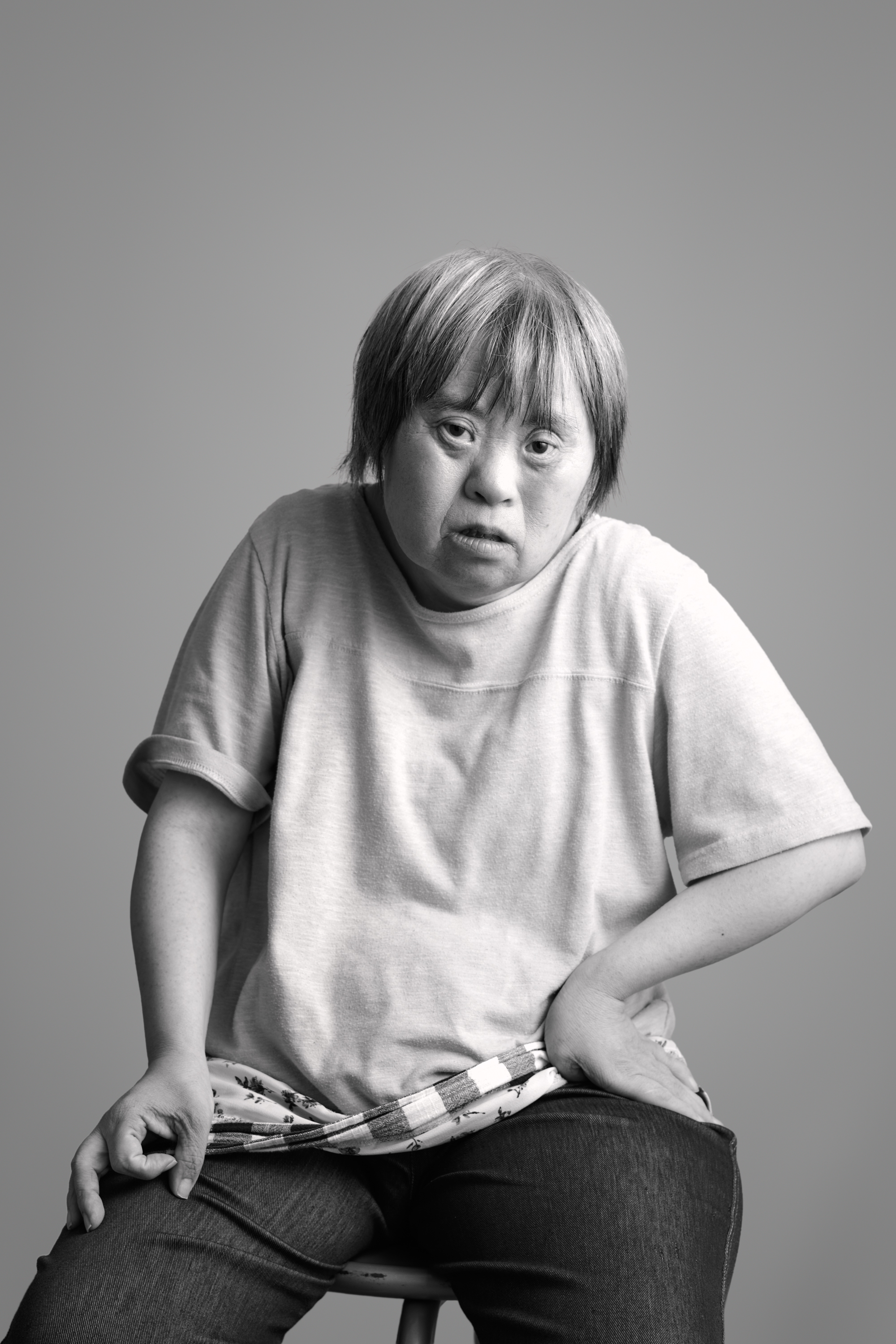
Sanae Sasaki
Lumbini Art Museum
Sanae has been continuously exploring various forms of expression, including not only paintings but also weaving, paper cutting, embroidery, and more, all of which are
characterized by intricate details and a rich sense of color and composition. She shows little interest in receiving praise for her work and prefers not to have her creative
rhythm interrupted. As a result, those around her are careful to choose the right moment when speaking to her during the creative process. It is not uncommon for her to
devote herself to one project for several months or even years, only to suddenly stop and move on to something entirely different. Her art is constantly evolving and full
of transformations.
02
Sanae Sasaki (Lumbini Art Museum) / (Mudai)(Untitled)


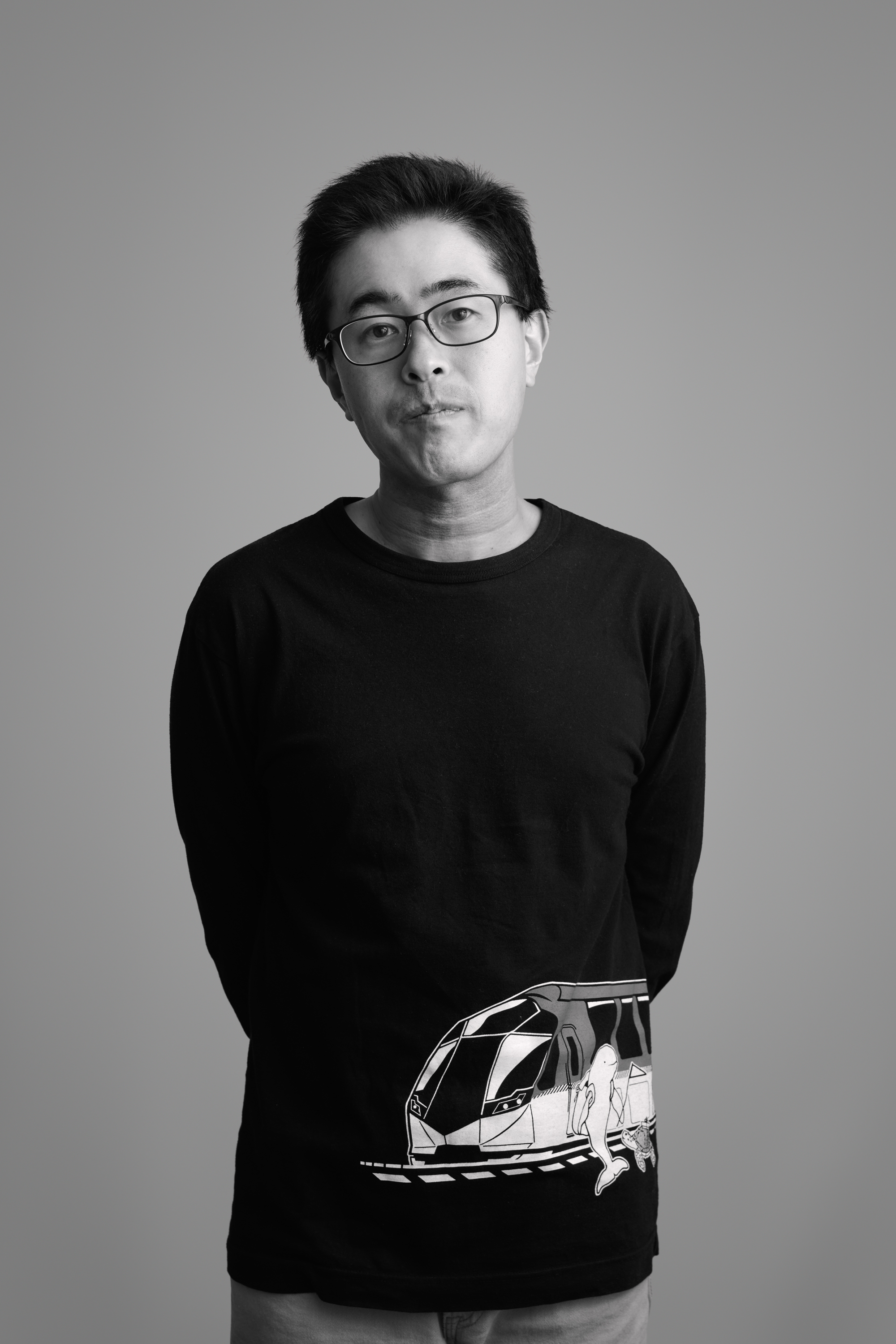
Takuma Hayakawa
KIBOU-NO-SONO
Born in 1989, Japan.
Takuma channels his love of trains and idols into densely layered canvases where railways crisscross with almost obsessive intensity. These linear networks bring
vibrant color to his work, within which human figures appear, sometimes as passengers and sometimes as monumental presences, including his favorite idols. His
imagery evokes both the sparkling, dreamlike glow of live concert stages with colorful light sticks and the gray, mechanical flow of commuters moving through train
stations, creating a world that reflects a microcosm of modern society. Takuma has held solo exhibitions in the Tokai region and participated in international group shows
in Tokyo, Germany, Spain, and China. His award-winning works convey a concentrated passion that overwhelms and captivates viewers.
03
Takuma Hayakawa (KIBOU-NO-SONO) / Idol Train Expo 2016


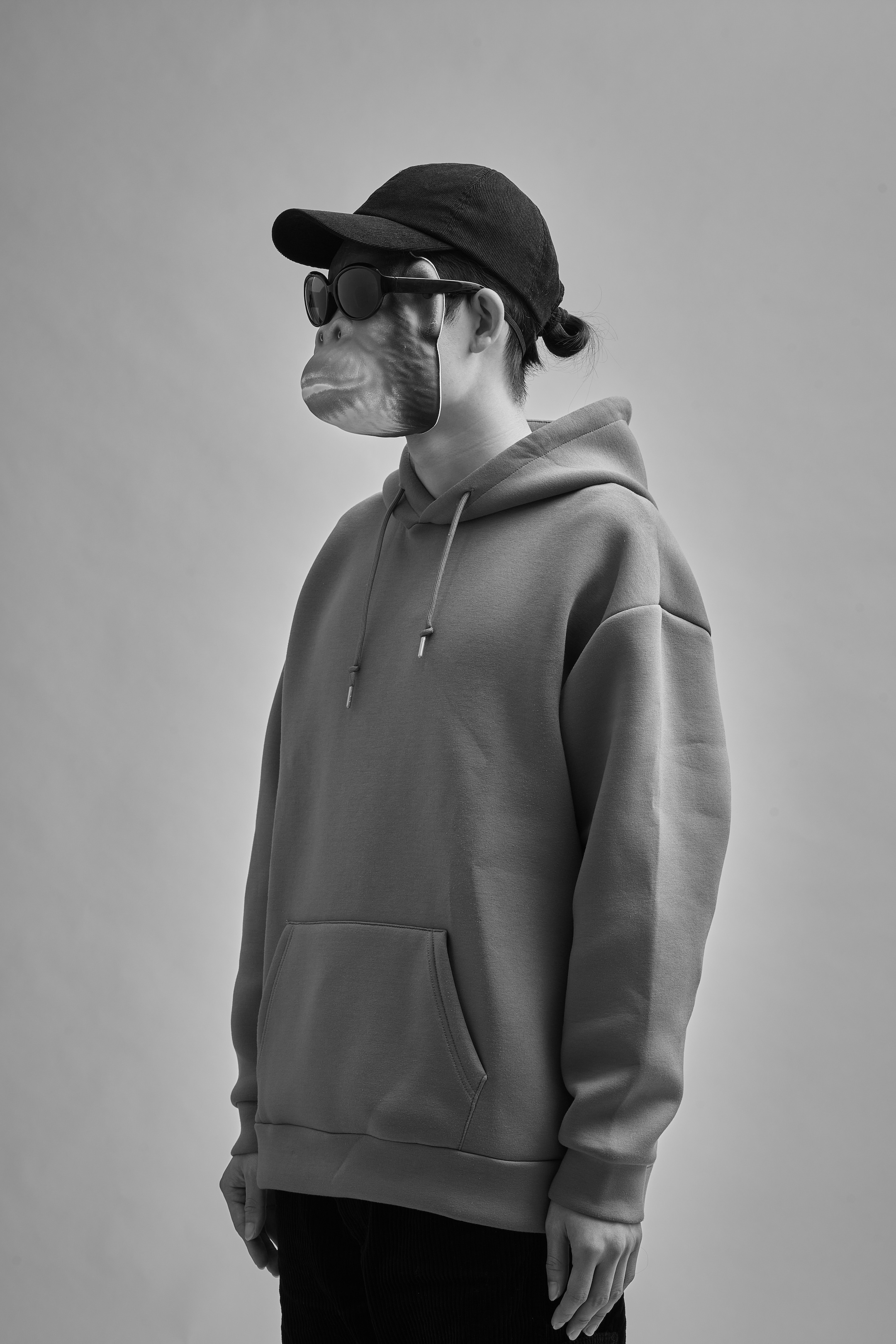
Shu Toriyama
atelier yamanami
Born in 2002 and based in Shiga Prefecture, Shu has been a member of Atelier Yamanami since 2023. From his boyhood joy in copying his favorite anime and game
characters, his artistic world has grown ever wider. His works, rendered with collections of delicate, intricate lines, depict animals, landscapes, and creatures
reminiscent of yokai and monsters, all joyfully inhabiting his inner-world cityscapes. Through drawing, he forges connections with others and finds the energy to pursue
his dreams, and his drive to create shows no sign of stopping
04
Shu Toriyama (atelier yamanami) / Expand


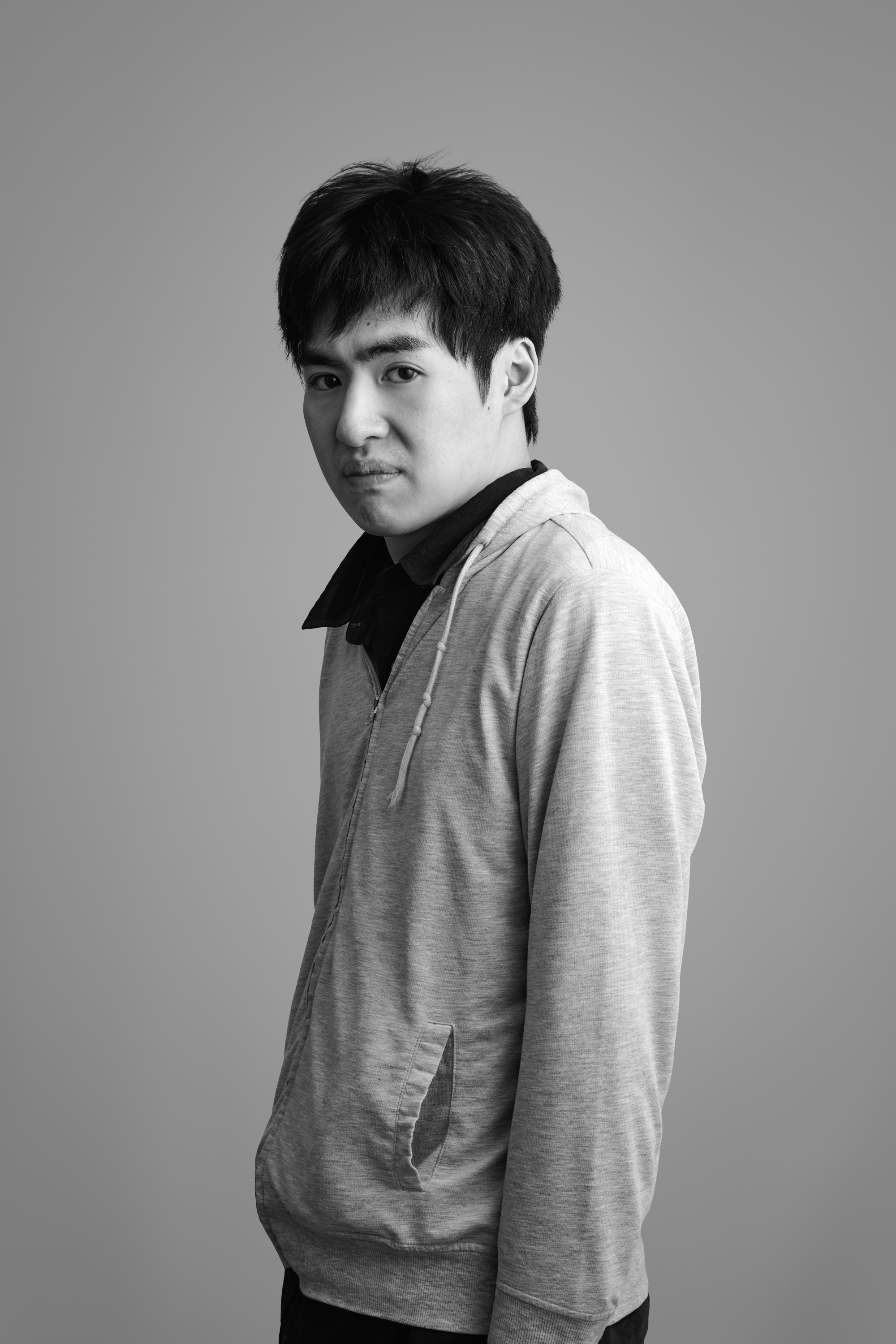
Ryo Nakao
atelier yamanami
Born in 1998, Shiga Prefecture, Japan. Member of Atelier Yamanami since 2017.
As a child, he loved cutting paper to create propellers inspired by electric fans, delighting in their shapes and the patterns they formed. He began experimenting with
drawing after mimicking the handwriting of staff and tracing letters on windows, eventually transferring these forms from English-language newspapers onto paper. His
works often feature letters and numbers, executed without hesitation and with remarkable speed, the energy and force evident in each mark. Letters are frequently traced
over multiple times with different colors using pens, brushes, or even his fingers, adding depth to the compositions. More recently, he has expanded his subject matter to
include figures and objects he loves, and his distinct sensibility shines through in both his motifs and his cool, dynamic style.
05
Ryo Nakao (atelier yamanami) / Untitled


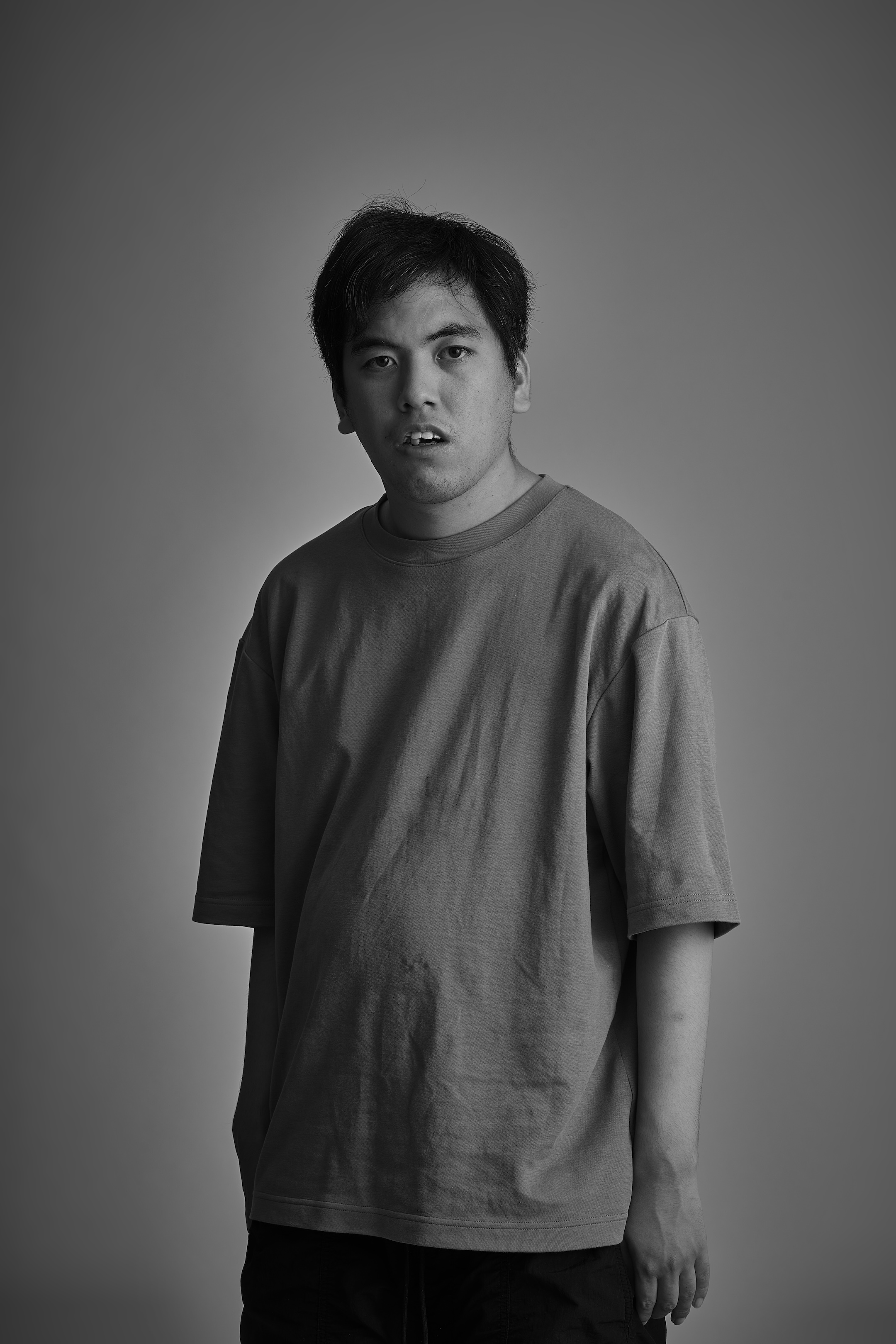
Takafumi Yamane
atelier yamanami
Born in 1996, Shiga Prefecture, Japan. Member of Atelier Yamanami since 2015.
Once reluctant to create, Takafumi discovered a quiet poetry in the simple act of stamping, an unassuming method that freed him from expectation. Rolled cardboard,
paper cups, and carved rubber blocks become his instruments, and a chosen palette of colors becomes his voice. Each imprint is placed with unwavering care, building
intricate rhythms across the surface. Through this meditative process, hesitation dissolved into delight, and confidence bloomed with every finished work. Today, what
began as a tentative experiment has become an intimate language of self-expression, an understated yet compelling presence within contemporary art.
06
Takafumi Yamane (atelier yamanami) / Untitled


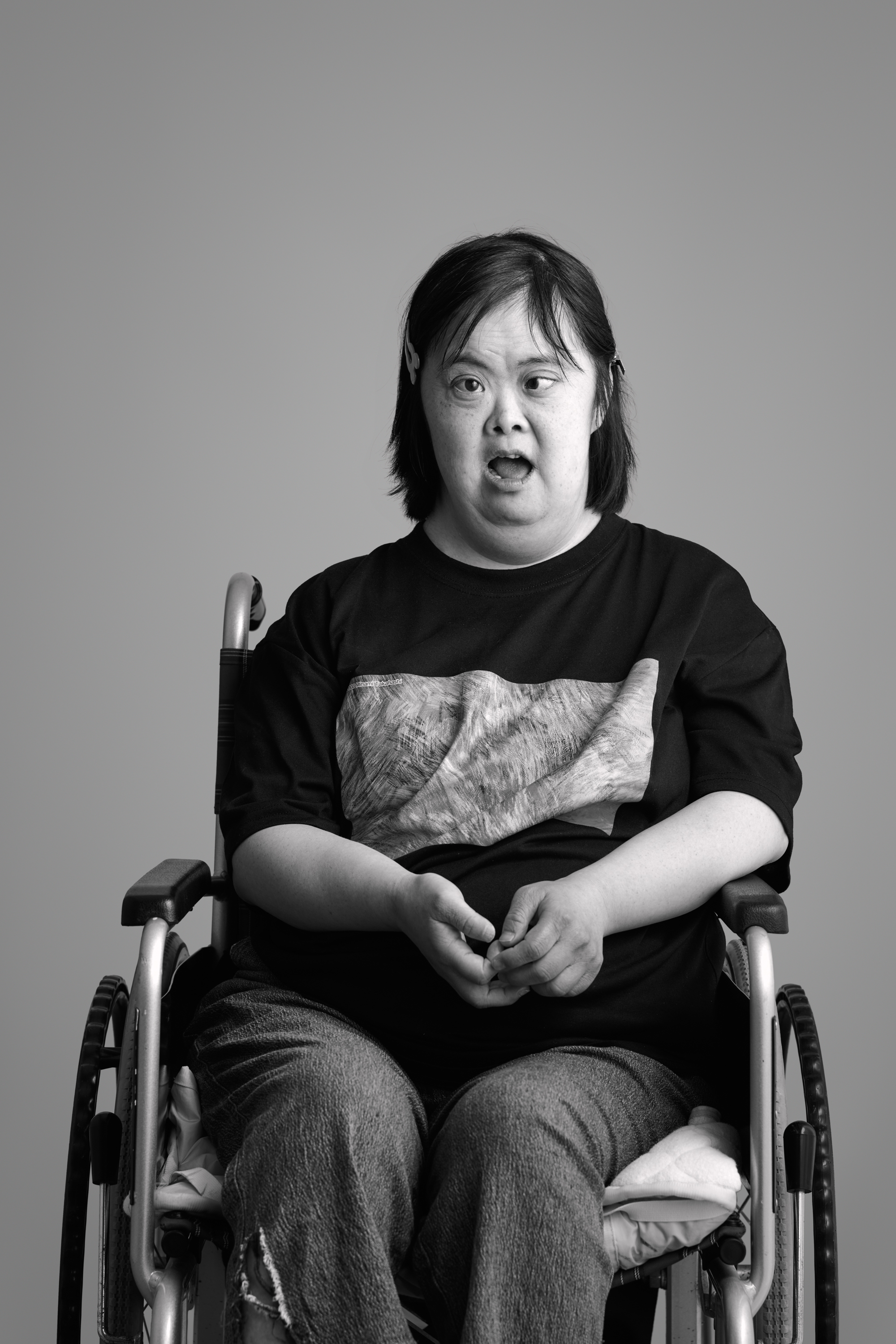
Michiyo Yaegashi
Lumbini Art Museum
Using water-based brush markers, Michiyo creates densely layered compositions alive with vibrant, dynamic color. She began producing her own original works at the
age of 19 and went on to create one piece after another with unstoppable energy. Later, health challenges temporarily interrupted her practice, but after several years,
she resumed drawing. Her current style is markedly different from her earlier work, yet she continues to develop expressive, nuanced pieces, building them gradually
with care.
07
Michiyo Yaegashi (Lumbini Art Museum) / ”Origami”


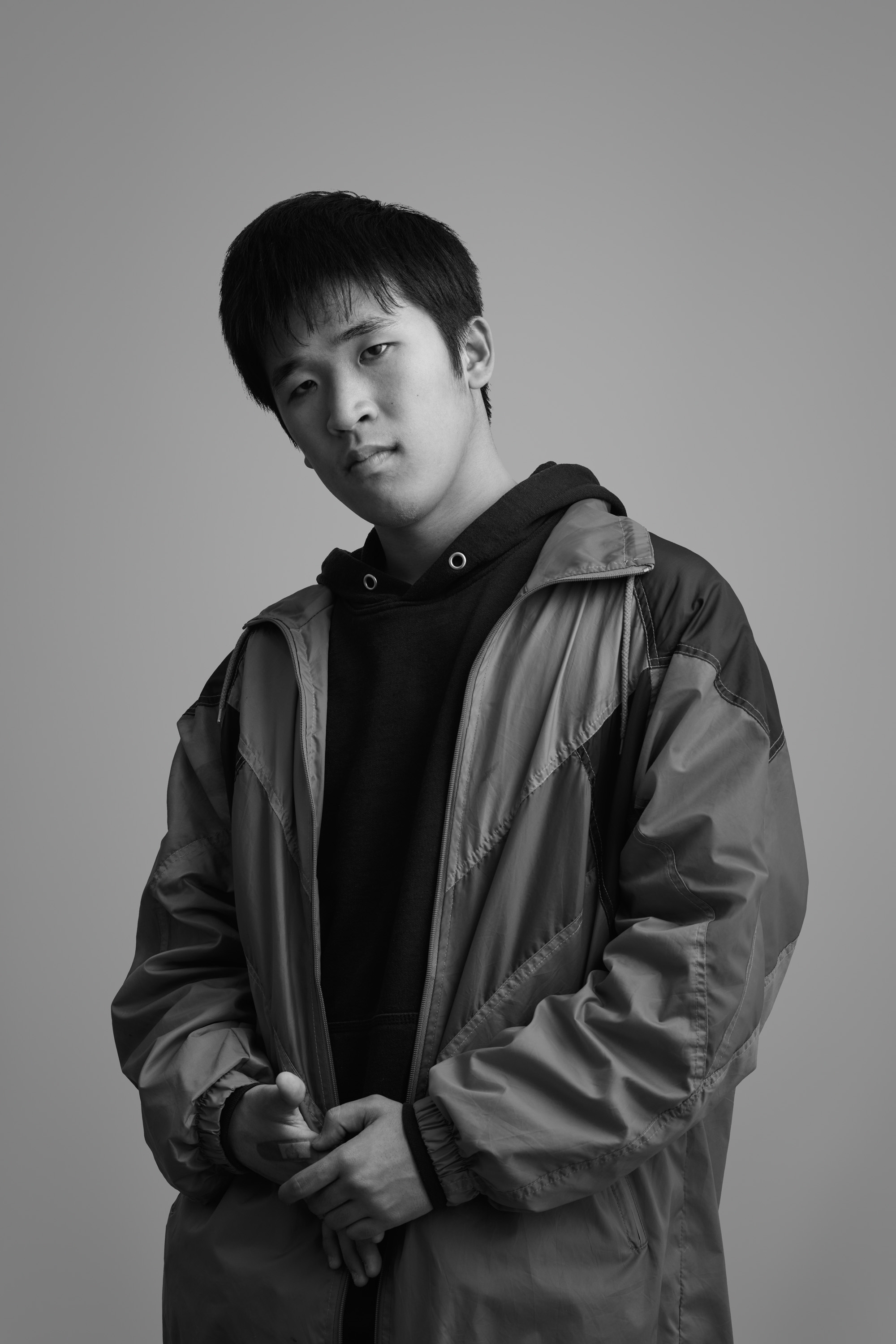
Shigaku Mizukami
atelier yamanami
Shigaku's work features numerous fan shapes and dots in a variety of colors. He layers multiple fan shapes from smallest to largest and then adds three rows of dots
using a stylus. When he is calm, the dots are neatly aligned, reflecting careful and precise brushwork. It is unclear whether he is following a specific image or simply
enjoying the movement, and only he knows what he feels as he draws. Every surface of his bedroom walls is covered with logos and anime characters he has created,
filling the space entirely with his work.
08
Shigaku Mizukami (atelier yamanami) / Untitled



Sanae Sasaki
Lumbini Art Museum
Sanae has been continuously exploring various forms of expression, including not only paintings but also weaving, paper cutting, embroidery, and more, all of which are
characterized by intricate details and a rich sense of color and composition. She shows little interest in receiving praise for her work and prefers not to have her creative
rhythm interrupted. As a result, those around her are careful to choose the right moment when speaking to her during the creative process. It is not uncommon for her to
devote herself to one project for several months or even years, only to suddenly stop and move on to something entirely different. Her art is constantly evolving and full
of transformations.
09
Sanae Sasaki (Lumbini Art Museum) / (Mudai)(Untitled)


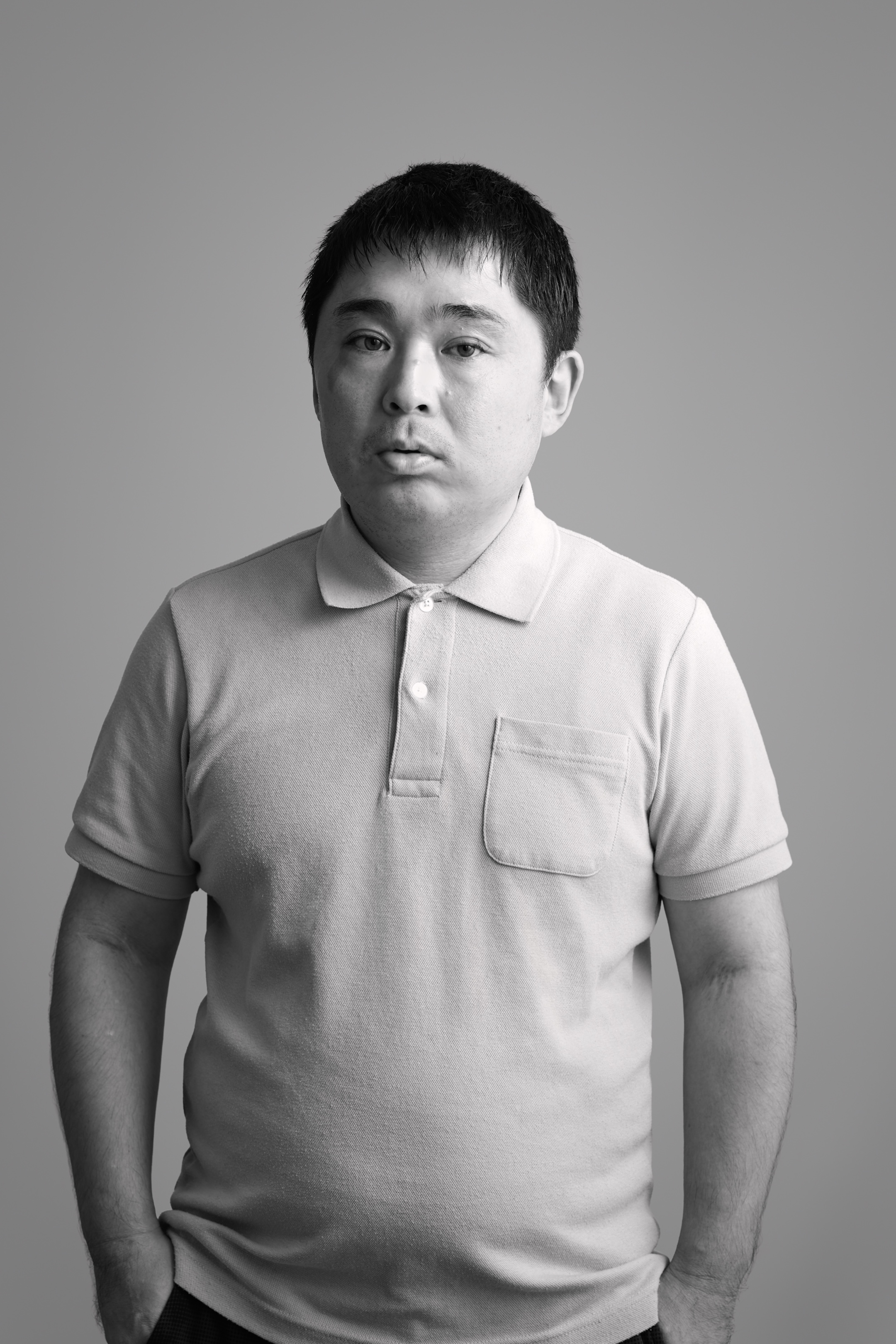
Satoru Kobayashi
Lumbini Art Museum
Look closely at Satoru’s work and you’ll notice countless numbers woven together in intricate sequences.
While attending a special-needs junior high school, he began reshaping every character in his diaries and essays into distinctive, stylized forms. At first, his teachers
tried to correct his unusual writing, but eventually came to see it as a compelling form of visual expression. That shift in perspective became a turning point, and his
creations soon began to delight and inspire many as works of art. Satoru loves music, especially Billy Joel, Queen, Yosui Inoue, Spitz, and THE BOOM, and he finds joy in
long walks.
10
Satoru Kobayashi (Lumbini Art Museum) / “Hanyu-no-yado” (My Sweet Home)


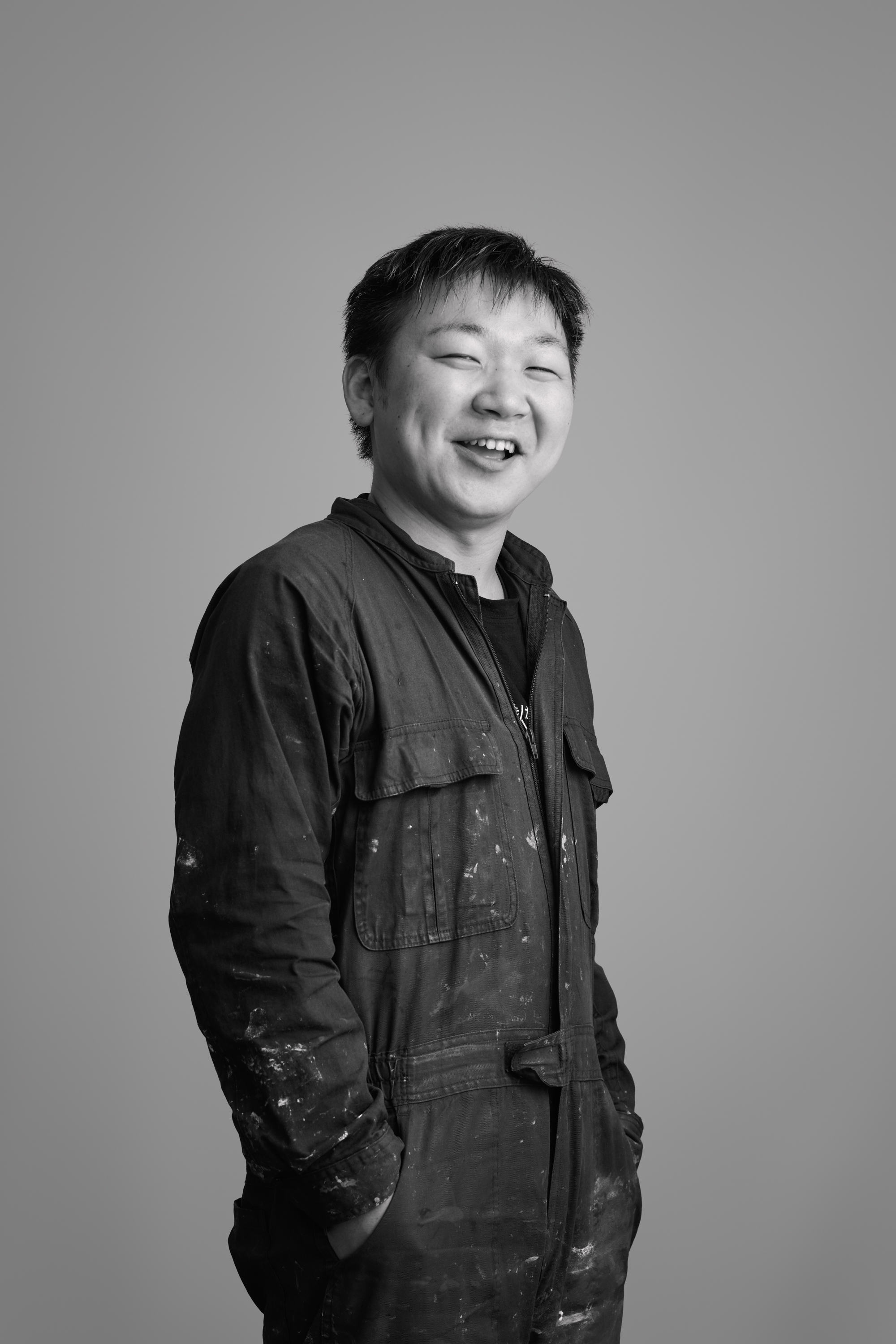
Ikkei Okukameya
KIBOU-NO-SONO
Born in 2002 in Matsusaka, Mie Prefecture, Japan.
Ikkei began painting in 2015, attending HUMAN ELEMENTS, a weekend studio led by Shinya Murabayashi, director of Kibō no Sono (Garden of Hope) in Matsusaka city.
Initially working with oil-based markers, he transitioned to oil painting in 2019. In 2020, he received the Minister of Health, Labour and Welfare Prize at the inaugural Art
Para Fukagawa Awards. His work has since been featured in numerous exhibitions, including Outsider Art Exhibition: Our Life is Our Art – THE WORLD (GYRE Gallery,
Tokyo, 2021).
11
Ikkei Okukameya (KIBOU-NO-SONO) / Joms Nakashima's Jazz Dream Tour with Merkel and Johnson


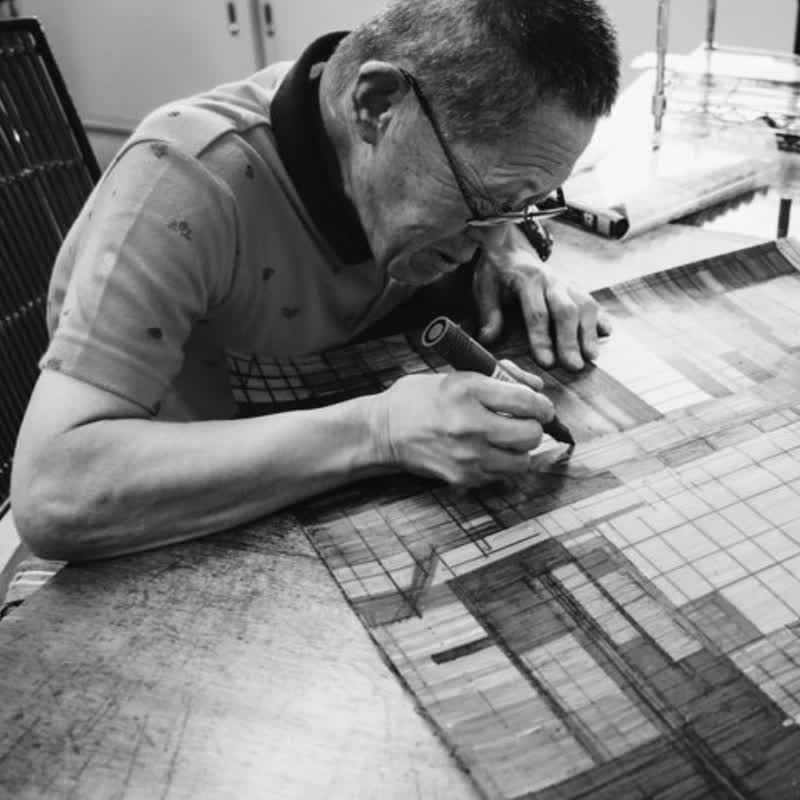
Kiyoshi Yaegashi
Lumbini Art Museum
Among his vividly colored works, white squares and circles immediately draw the eye. At first glance, the paintings appear to be abstract geometric patterns, but many
are surprised to learn that they are his own interpretations of buildings and vehicles, arranged in a way only he could imagine. Kiyoshi developed this style in childhood
without formal instruction and has spent over half a century refining it, producing several hundred works. His studio, he works over large sheets of paper, gripping felttip
pens and guiding rulers with practiced precision, a testament to decades of dedication.
12
Kiyoshi Yaegashi (Lumbini Art Museum) / (Untitled)(House)



Shigaku Mizukami
atelier yamanami
Shigaku's work features numerous fan shapes and dots in a variety of colors. He layers multiple fan shapes from smallest to largest and then adds three rows of dots
using a stylus. When he is calm, the dots are neatly aligned, reflecting careful and precise brushwork. It is unclear whether he is following a specific image or simply
enjoying the movement, and only he knows what he feels as he draws. Every surface of his bedroom walls is covered with logos and anime characters he has created,
filling the space entirely with his work.
13
Shigaku Mizukami (atelier yamanami) / Untitled


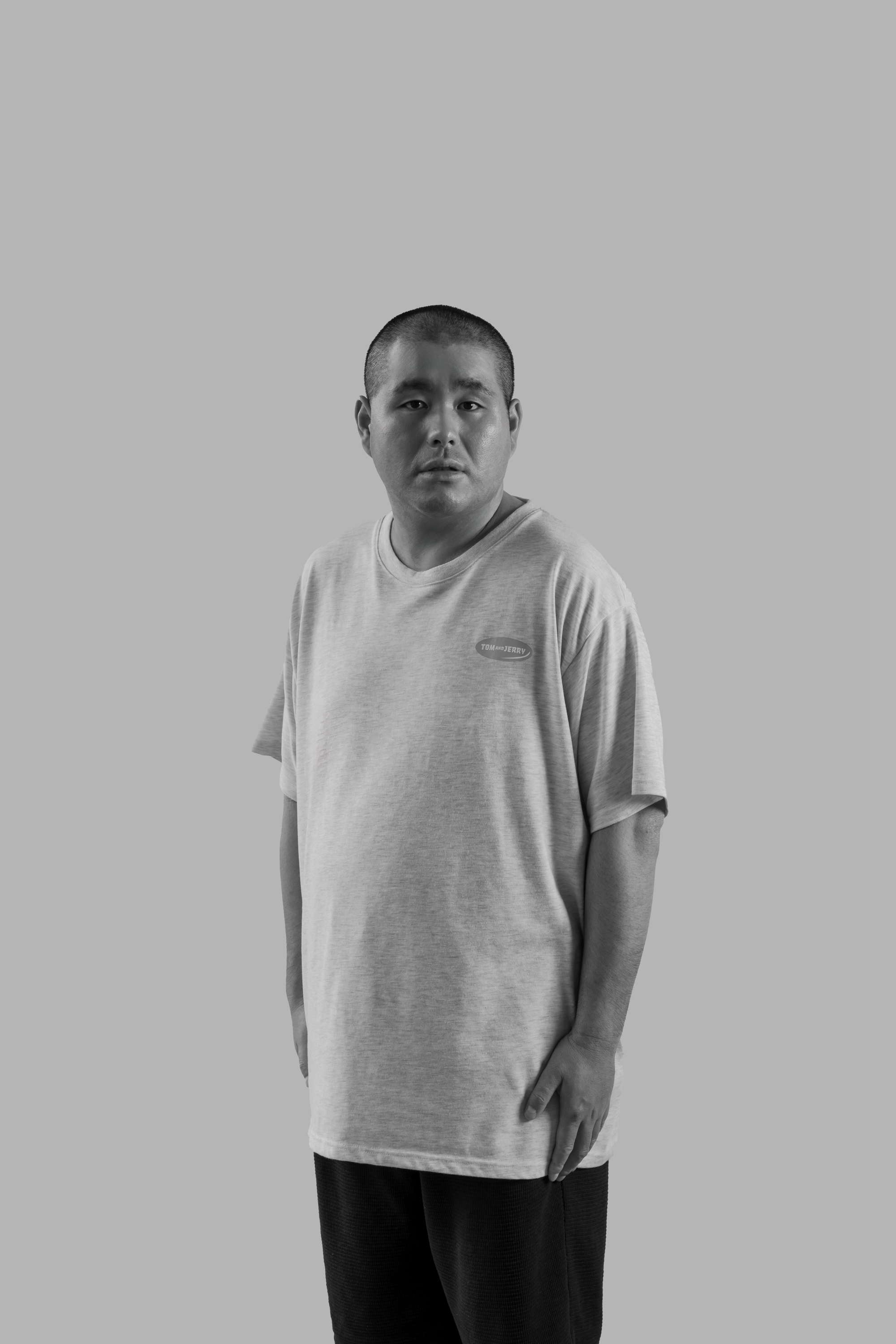
Uchiyama.K
KIBOU-NO-SONO
The “Map Series,” created with over one hundred 0.5 mm pens, shimmers with glittering details that evoke the allure of a secret treasure map.
Uchiyama.K works without preliminary sketches, connecting motifs such as living creatures, numbers, and at times even demons in an unbroken chain that seems to
grow and multiply like living cells. The astonishing precision of these works invites awe and quiet astonishment. Though typically shy and soft-spoken, he speaks with
unexpected eloquence when introducing his art, a contrast that only adds to his charm.
14
Uchiyama.K (KIBOU-NO-SONO) / The Map of Numbersaurus


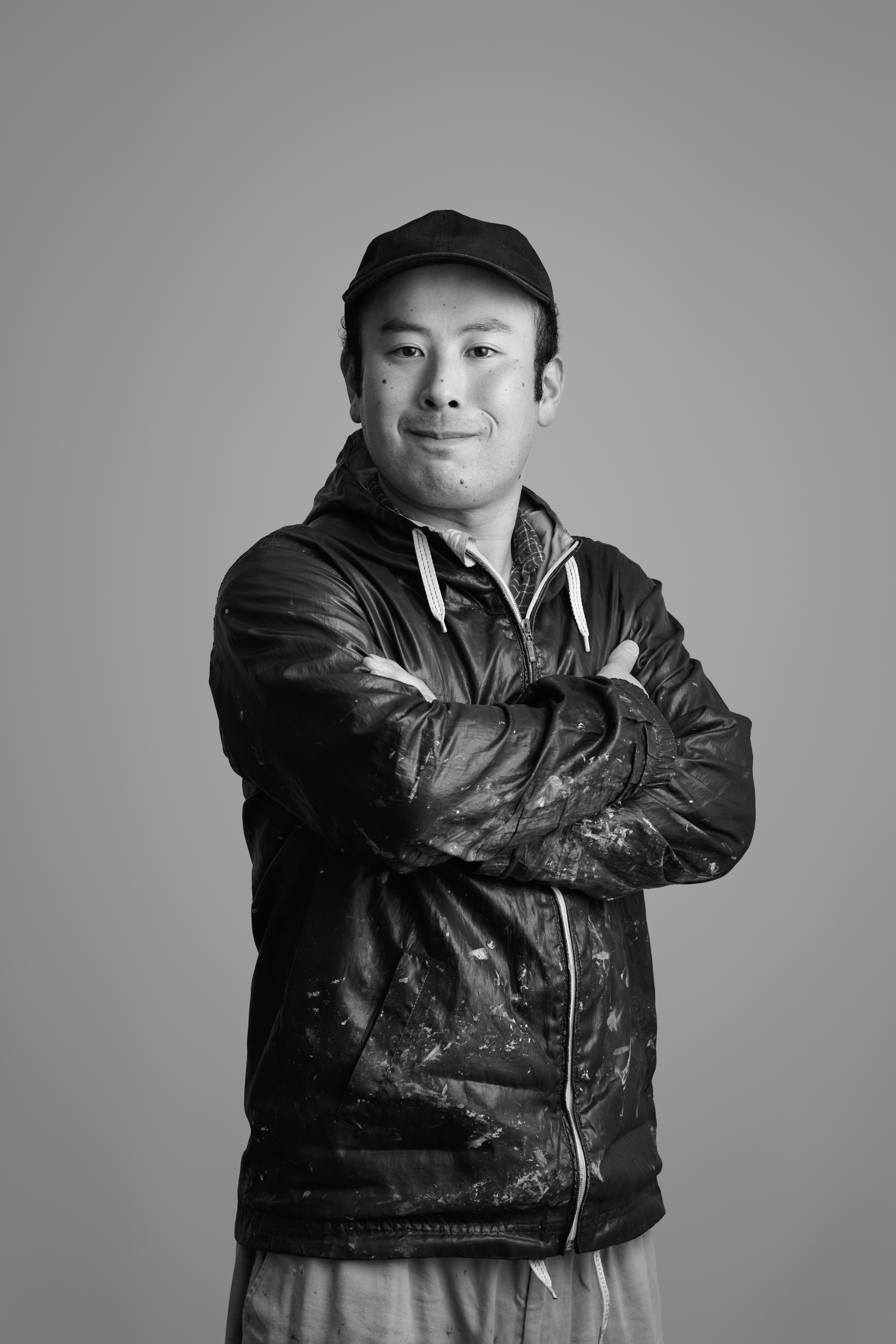
Keisuke Mori
KIBOU-NO-SONO
Born in 1989, Ise, Mie Prefecture, Japan. Member of Kibō no Sono in Matsusaka city, Mie Prefecture.
Keisuke began his artistic journey at age 12 at the atelier HUMAN ELEMENT and took up oil painting at 17. A regular presence in national open-call exhibitions and the
Mie Prefectural Art Exhibition, he has held solo shows across Aichi, Gifu, and Mie, and participated in numerous international group exhibitions in Germany, France,
Spain, China, and Vietnam. His signature use of bold contrasts and luminous color was inspired by the guidance of Shinya Murabayashi, director of Kibō no Sono.
Outside of his artistic practice, he enjoys playing video games and reading.
15
Keisuke Mori (KIBOU-NO-SONO) / A Ballad of Youth


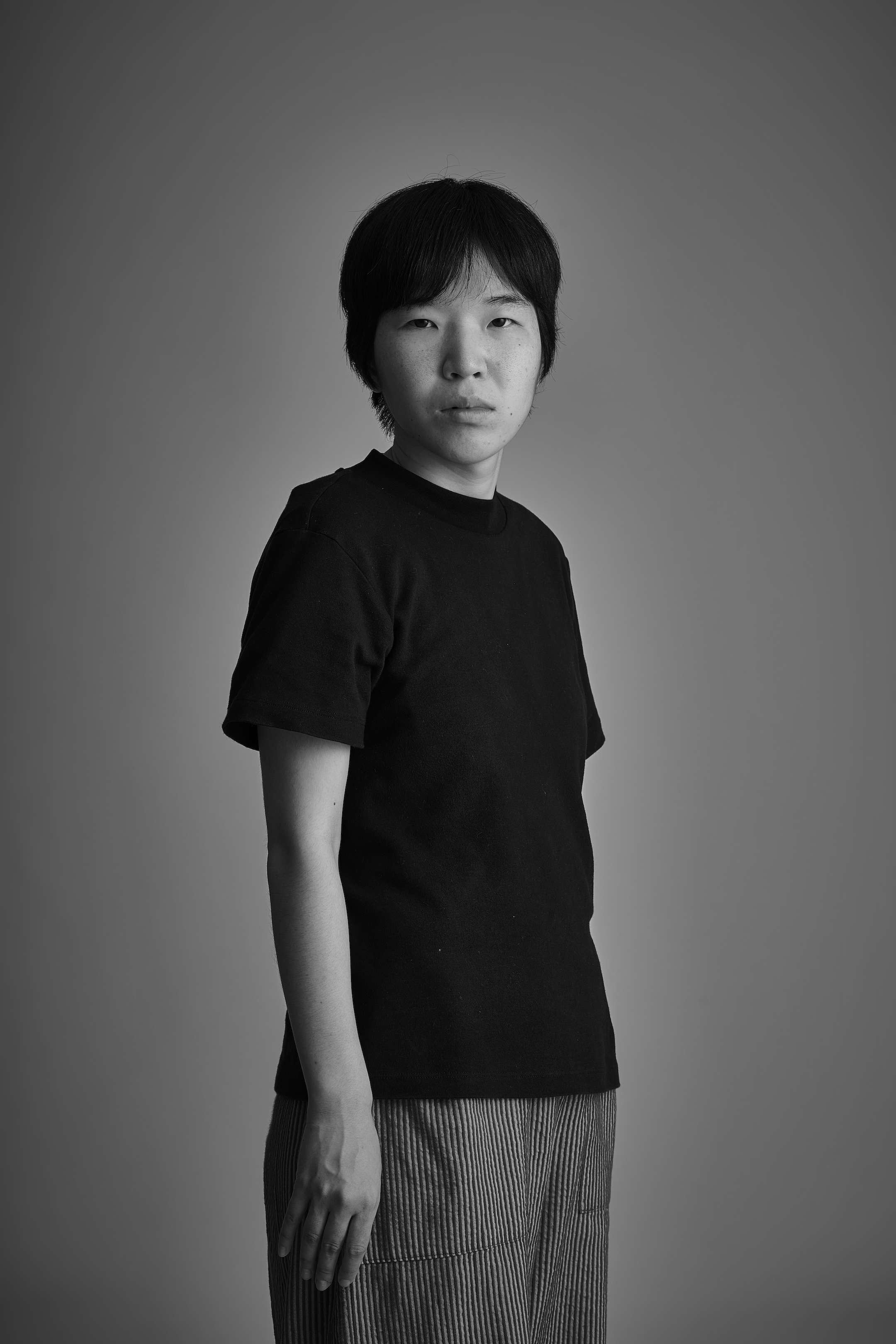
Momoko Nakagawa
atelier yamanami
Born in 1996, Shiga Prefecture, Japan. Member of Atelier Yamanami since 2015. She began by repeatedly writing her own name, “Momoko,” across the page. Over time,
her gestures shifted, and the letters dissolved into circles layered one upon another, as if savoring the pure sensation of drawing. Using paints, ballpoint pens, and
colored pencils, she builds vivid works from countless overlapping rings, smiling and softly humming as she works. The resulting bursts of color seem to reflect her
warm and cheerful spirit.
16
Momoko Nakagawa (atelier yamanami) / Untitled


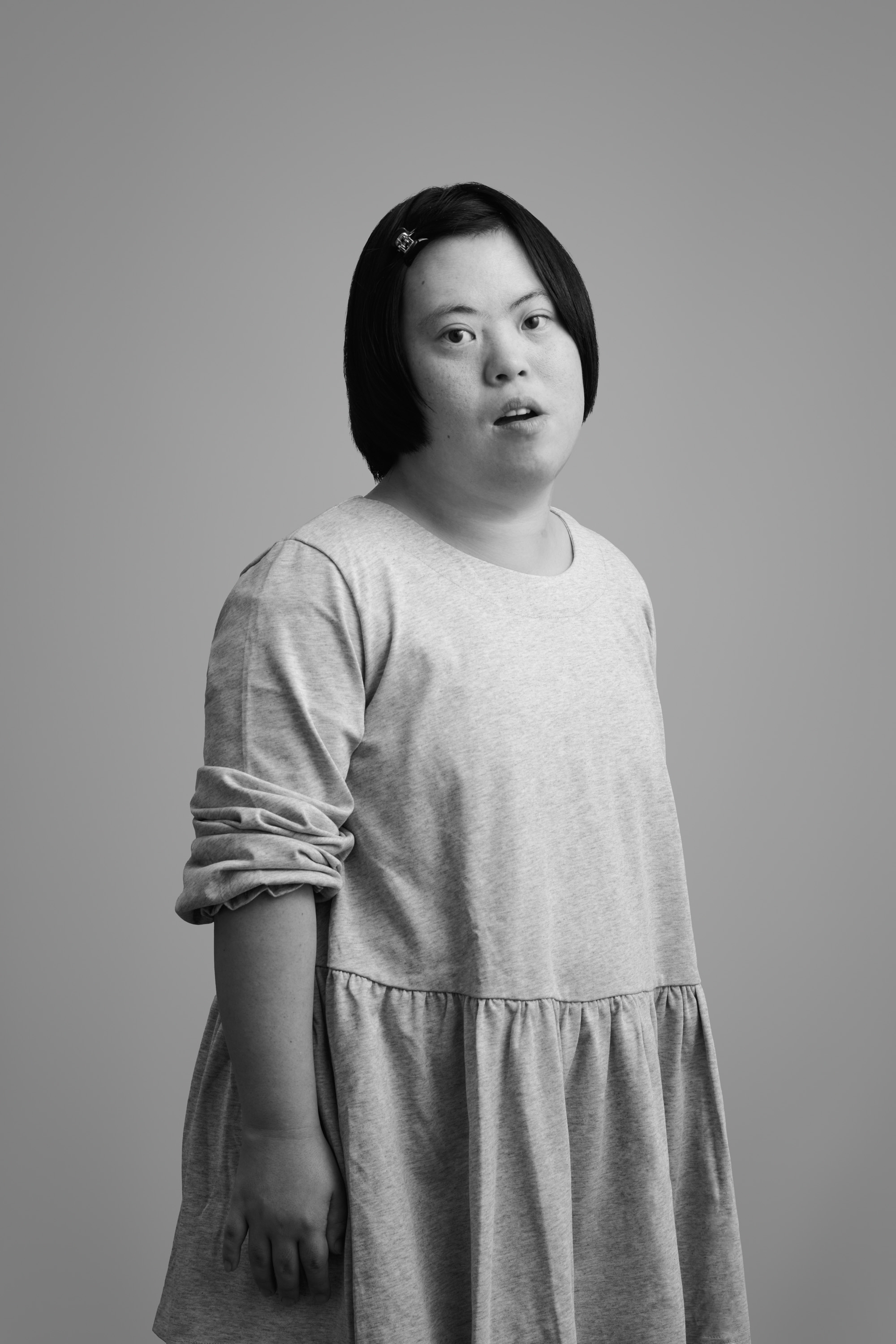
Misaki Oya
atelier yamanami
Born in 1994, Shiga Prefecture, Japan. Member of Atelier Yamanami since 2013.Her bag is always filled with her favorite anime DVDs, CDs, and books. From that collection, she often pulls out a single coloring book and begins to share the stories ofthe anime, as she loves to do. Most of her creations depict castles, inspired by the castles she sees in girls’ anime. She primarily uses pink, yellow, and light blue, thecolors of the three main characters, and composes each castle by layering triangles and squares with careful precision, filling each shape with color until the structuresrise in vivid detail.
17
Misaki Oya (atelier yamanami) / Castle



Momoko Nakagawa
atelier yamanami
Born in 1996, Shiga Prefecture, Japan. Member of Atelier Yamanami since 2015. She began by repeatedly writing her own name, “Momoko,” across the page. Over time,
her gestures shifted, and the letters dissolved into circles layered one upon another, as if savoring the pure sensation of drawing. Using paints, ballpoint pens, and
colored pencils, she builds vivid works from countless overlapping rings, smiling and softly humming as she works. The resulting bursts of color seem to reflect her
warm and cheerful spirit.
18
Momoko Nakagawa (atelier yamanami) / Momoko


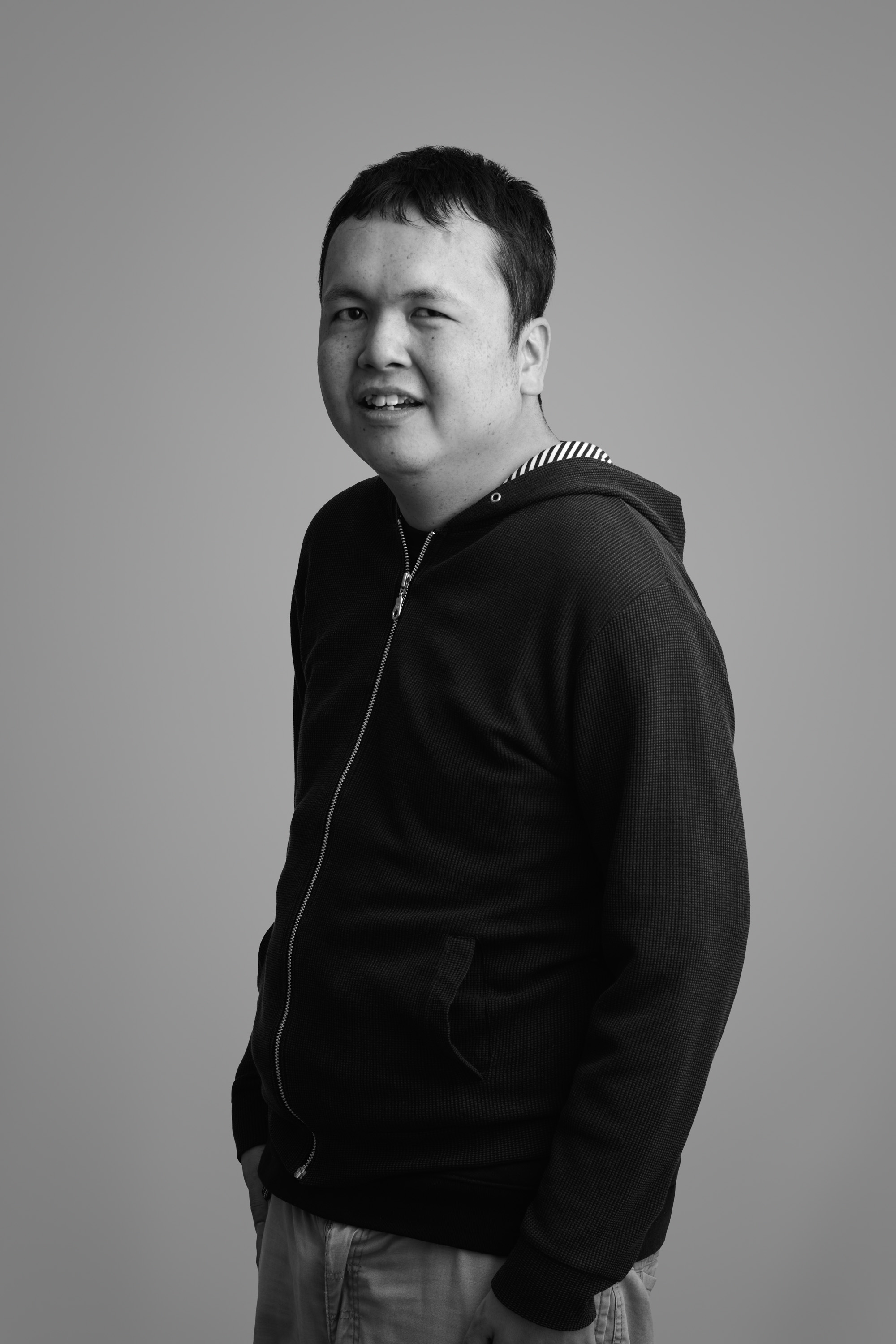
Atsuhito Fujiki
atelier yamanami
Born in 1994, Shiga Prefecture, Japan. Member of Atelier Yamanami since 2014.
Atsuhito engages the world with gentle curiosity, pointing to passing cars and asking, “Nissan?” “Honda?” He carefully confirms the names of his support staff and his
favorite foods, each exchange serving as a subtle dialogue that connects him to others. These interactions form the foundation of his creative practice. With quiet joy, he
transforms the cars, foods, and people he loves into intricate artworks, always working in conversation with his support staff. Each work he produces is imbued with
affection and thoughtful care.
19
Atsuhito Fujiki (atelier yamanami) / Untitled



Kojo Takahiro
Takahiro employs a distinctive drawing technique, filling entire surfaces with meticulous, finely detailed marks. After priming paper or canvas with gesso, he moves a
Posca pen tip with delicate precision to create intricate patterns. When observed closely, the lines and forms seem almost alive, shifting like living organisms. No pattern
is ever repeated; each work is a one-of-a-kind expression shaped by the feeling of the moment. For Takahiro, drawing enriches his own life and deepens his connections
with those around him. With a sense of wonder and anticipation for how his work might evolve and resonate with others, he continues to embrace new challenges.
20
Kojo Takahiro / One's Mental State No. 3


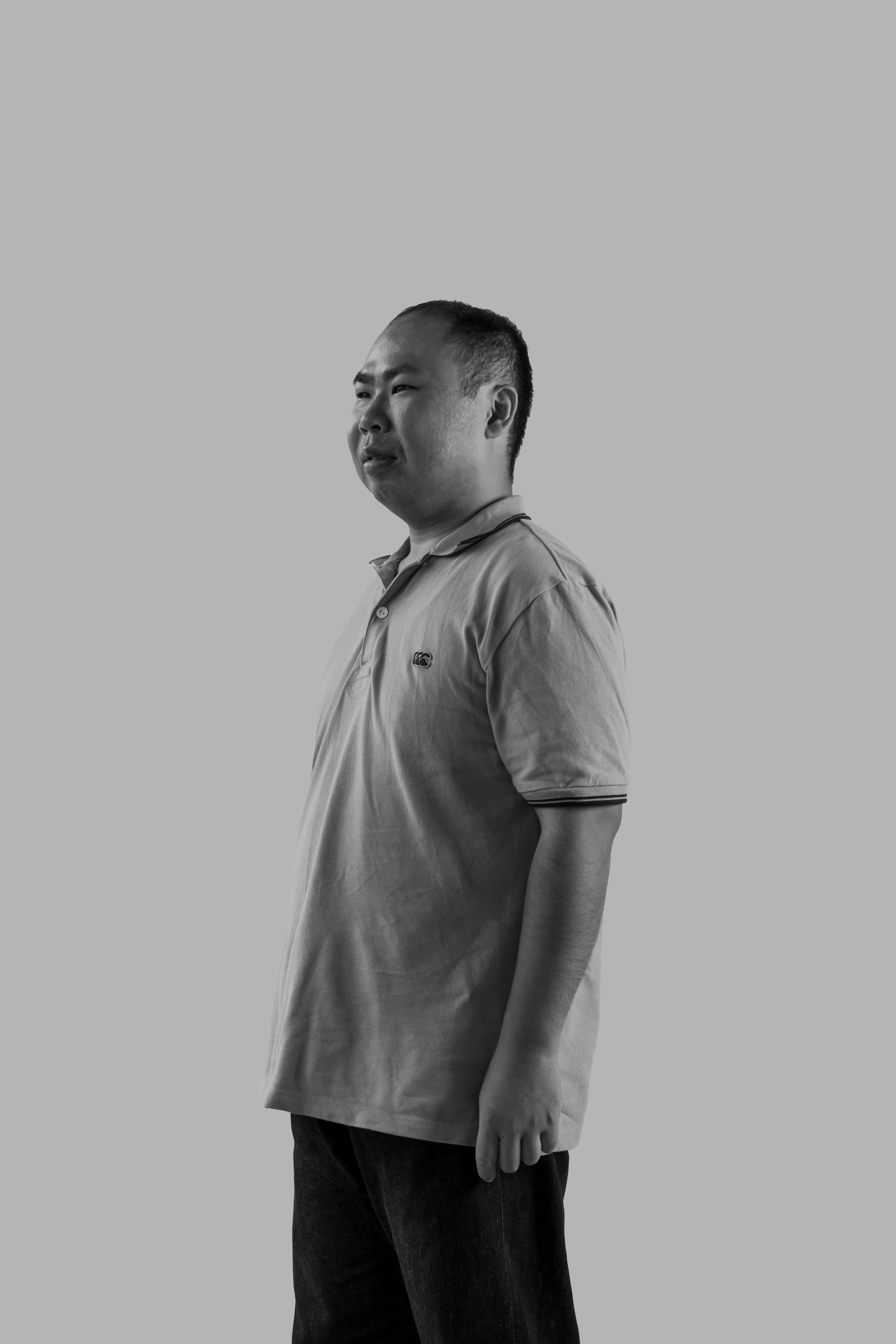
Daisuke Shibuta
TOMONY
Born in 1995, Wakayama Prefecture, Japan.
Daisuke draws inspiration from his love of animals, often visiting aquariums and zoos to spark his imagination. He brings the worlds he envisions directly to the page,
working with freedom and spontaneity. The resulting artworks are vibrant and animated, capturing the energy and spirit of the creatures he admires.
21
Daisuke Shibuta (TOMONY) / Attention



Midori Kudo
Lumbini Art Museum
Midori's creative process unfolds with an almost meditative infinity. She does not work toward a predetermined form, but discovers meaning within layers of pointillism
and short, deliberate strokes, immersing herself completely in her own world. At times she drifts dreamily, smiling and speaking to those nearby, and at other moments
she turns inward, her gaze following something visible only to her. A quietly mysterious aura pervades both Midori and the art she brings to life.
22
Midori Kudo (Lumbini Art Museum) / (Mudai)(Untitled)
Photo Credit ©Koji Hirano